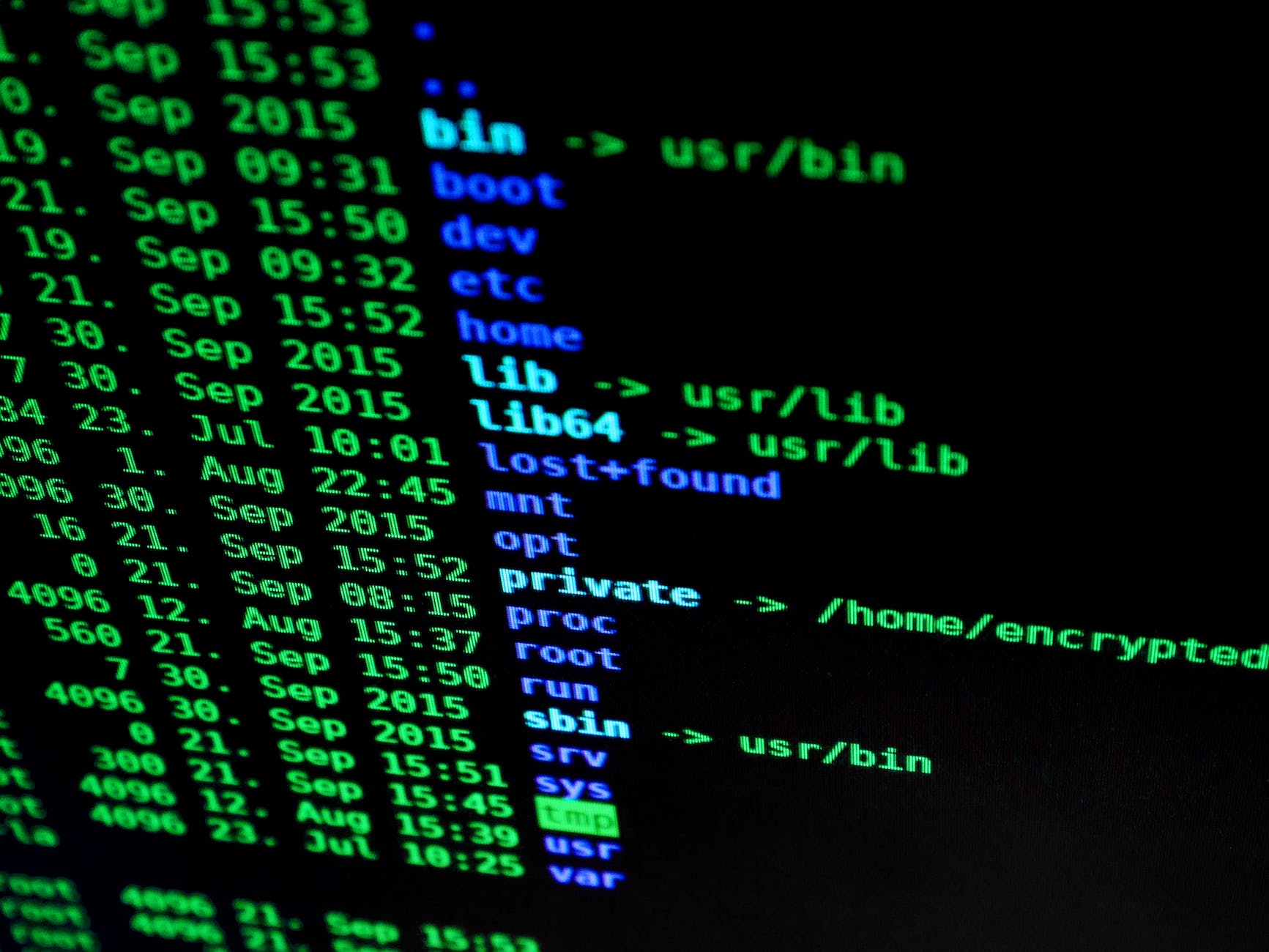If you’re a CEO, business owner, or manager, you face a harsh reality: there is no thin blue line in
cyberspace to protect you from legions of cybercriminals.
It’s all on your shoulders.
While this challenge is particularly acute for medium-sized businesses, even larger organizations
struggle to find and retain qualified and reliable network IT security specialists.
This reality means that every day, business leaders across the spectrum, from fledgling startups to
established corporations, grapple with the unnerving truth that even a single cyber-attack could have
dire consequences.
Their defense? Often, nothing more than a patchwork of half-measures, with the faint hope that
somehow this will be enough to fend off the volleys of increasingly sophisticated digital marauders
from across the city and around the world.
But what if there were a handful of clear, actionable steps to help you turn the tide?
There are.
How to Go from Reactive to Proactive
A recent conversation with two cybersecurity visionaries, Nic Adams and Chris Abou-Chabké,
unveiled four simple yet critical strategies that will make all the difference.
Adams, an offensive security visionary, and Abou-Chabké, the founder of Black Hat Ethical
Hacking and an elite hacker with decades of experience, jointly lead Orcus, a company at the
forefront of AI-powered cyber defense.
While Adams brings innovative offensive security strategies to the table, Abou-Chabké contributes
his extensive hacking expertise and unique industry insights.
Together, they are set to shake up the industry with an AI-driven solution that delivers unparalleled
protection against cyber threats.
Their partnership unites forward-thinking offensive security concepts with rich hacking experience,
catalyzing a global shift in cybersecurity and extending their expert insights and solutions to
companies, multinational enterprises, governments, and NGOs.
Now, these four steps I’ll share with you are not just for the tech-savvy elite — they’re for you and
every leader who chooses to take a stand in the face of digital threats.
Once these strategies are in place, unlike the vast majority of business owners, you’ll no longer
simply be reacting to threats — you’ll be proactively outmaneuvering more than 99% of them.
Given the billions in damages caused year after year by cyber-attacks, and the rise in sophisticated
ransomware, the steps outlined below aren’t just recommendations — they’re essential for the sheer
survival of your business.
- Implement Zero Trust (ZTA)
What It Means: With more and more vicious cyberthreats emerging each day, Zero Trust
Architecture (ZTA) stands out as a north star of readiness.
Zero Trust Architecture is a security strategy where every user and device gets treated as a potential
threat.
Instead of assuming anything inside the network is safe, ZTA requires verification for every access
request, no matter where it originates from.
It’s a fortress philosophy. Trust no one. Verify everyone.
Imagine your corporate network as a high-security bank vault.
Just as you wouldn’t let anyone waltz right into the vault without rigorous checks, ZTA demands the
same scrutiny for every access attempt, each and every time.
It’s a doctrine of perpetual skepticism, a relentless guard against the unseen digital marauders
lurking in cyberspace.
Step by Step: Implementing ZTA can be a massive leap forward, but only if you do it the right way.
First, identify the assets you need to protect. Then, deploy strict access controls.
Any request to enter your digital realm, whether from a CEO or an intern, needs to face the same
rigorous scrutiny.
Authenticate, authorize, continuously verify.
It’s a cycle of unyielding vigilance. The goal? To ensure that even if a threat somehow slips through
the perimeter, it finds no easy passage within.
This is about turning your network into a labyrinth where only the authorized can navigate.
In Practice: A financial analyst at a large corporation tries to access confidential client data. Despite
having unfettered access for years, the new Zero Trust system now prompts her for additional
verification.
She scans her fingerprint, verifying her identity.
The system, designed to trust no one blindly, allows access only after ensuring she is authorized at
that exact moment.
At the same time, this routine check blocks an invisible cybercriminal on the other side of the world,
who, despite having stolen her password, cannot provide her biometric data.
The Zero Trust architecture stops the criminal’s attempt cold, safeguarding sensitive information and
maintaining the integrity of the company’s data security. - Ensure Zero Trust at the Networking Level
What It Means: Zero Trust at the networking level boils down to the art of suspicion. It strips away
the old belief that the inside of your network is safer than what’s on the outside.
Here, any device, and any user, is a potential Trojan horse.
This approach requires you to look at your network as a series of individual fortresses rather than just
one impenetrable castle.
Each segment is guarded zealously, and each access point is a checkpoint.
Step by Step: To achieve this, slice your network up into segments. Imagine it as a series of
chambers in an ancient temple, each with its own unique seal.
Access to one doesn’t give anyone access to all. Then, implement strict access controls for moving
between these segments.
Regularly review and update these permissions. This is a continuous process, adapting as threats
evolve, as your business grows.
Don’t look at it as just a technical overhaul. It’s a cultural shift. A transformation into an organization
where security is ingrained and omnipresent.
In Practice: In a busy digital marketing firm, an employee’s laptop is compromised by malware that
arrives from a seemingly harmless email.
When he links to the network, the Zero Trust system at the networking level isolates his device,
preventing him from accessing other segments of the network.
Before he can proceed, it demands additional verification and restricts access to sensitive areas.
The IT team receives an urgent alert, investigates, and finds the malware.
Thanks to the segmented network under the Zero Trust model, the malware is contained to a single
point, preventing a company-wide disaster.
This network segmentation under Zero Trust turns what could have been a catastrophe into a
controlled incident, easily managed and rectified. - Provide User Awareness Training
What It Means: User awareness training transforms your employees from potential security risks
into vigilant protectors.
Because ignorance is the gap in the armor that hackers seek out and exploit. This training throws a
floodlight on the shadowy tactics of cybercriminals.
It’s all about equipping your team with the knowledge to recognize phishing hooks, to question, and
to verify, to take that extra moment when something seems a little off, and not just click and go.
Step by Step: Begin with regular training sessions. These shouldn’t be mundane PowerPoint
marathons. They’re interactive, engaging, real-world scenarios.
Simulate phishing attacks, for example. Show them how a single click can unleash the floodgates of
chaos.
Encourage a culture where security is discussed openly, on a regular basis, where reporting a
suspicious email is celebrated.
Make these sessions frequent and relevant. Cyberthreats evolve, and so must your defenses.
Never think of this as a one-time event. It should be a continuous journey towards cyber resilience.
In Practice: One Monday morning, an employee receives an email that seems to be from the IT
department, urging immediate action.
However, thanks to rigorous cybersecurity training, he recognizes the subtle signs of phishing: the
urgent tone, the slightly-off email address, a few mistakes in spelling.
Instead of clicking on the malicious link, he reports it.
The IT team quickly springs into action, using this real-life example in their next training session,
further reinforcing the importance of vigilance.
This proactive approach transforms employees into your first line of defense, warding off what could
have been a devastating breach. - Utilize a Managed SOC Offering
What It Means: The right managed Security Operations Center (SOC) offering is like having your
very own elite cyber-SWAT team on speed dial.
Ensure the SOC offering includes continuous asset monitorization, which involves monitoring and
scanning digital assets round-the-clock.
This level of readiness is crucial for early detection and response to potential threats, thus
maintaining persistent security oversight.
They watch, they analyze, and then they act.
With a managed SOC, you’re not merely installing an alarm system — you’re hiring the veteran
security team that responds when the alarm goes off.
The latest generation of SOC services now embraces AI and machine learning, marking a significant
leap from traditional reactive models to proactive, technology-driven defenses.
If possible, opt for a managed SOC that significantly reduces overall risk, especially if they’re
leveraging advanced technologies such as AI to enhance threat detection and response capabilities.
Step by Step: Engage with a reputable IT provider offering managed SOC services. This team installs
their eyes and ears across your network.
They monitor traffic, detect anomalies, and respond to incidents.
If your provider doesn’t offer this service, you’ll need to look elsewhere. Seek out and carefully vet
any potential providers.
Look for real expertise, responsiveness, and a track record of excellence.
When choosing a managed SOC, prioritize those providers that integrate AI-driven autonomous
scanning solutions.
These cutting-edge technologies, ensuring 24/7/365 rapid threat detection and precise incident
response, are redefining the excellence benchmark in SOC services and are essential for a forwardthinking cybersecurity strategy.
The integration of AI-driven autonomous scanning in SOC services not only enhances threat
detection but also proactively identifies and mitigates potential vulnerabilities, effectively preventing
future attacks from ever materializing.
Once onboard, such a provider that’s equipped with these advanced solutions will become a vital
part of your team, dramatically enhancing your defenses against cyberthreats.
In the end, it’s a question of outsourcing expertise, not responsibility. Stay informed and stay
involved.
In Practice: It’s another typical night at a financial services company in the heart of the city, when a
subtle anomaly is detected by the new managed SOC team during their first hour working with the
company.
In the past, the firm had grappled with repeated security breaches, underscoring their need for a
more robust cybersecurity approach, and a new SOC provider.
This time, the story had a much better ending.
Unusual network traffic coming from a seemingly innocuous source triggers an alert. The SOC team,
monitoring remotely, utilizing autonomous scanning capabilities, swiftly assesses the situation.
They quickly deduce it’s a sophisticated attempt to siphon off client data through vulnerabilities that
had been undetected by the company’s previous SOC provider.
Acting with precision, they deploy advanced countermeasures: the traffic is blocked, the breach is
isolated, and the affected systems are quarantined for in-depth analysis.
Their prompt and expert intervention halts the data theft, preserving the company’s reputation and
fortifying client trust.
This incident exemplifies the value of having a managed SOC with the latest AI-enhanced monitoring
and rapid response capabilities, turning a potential data breach disaster into a showcase of proactive
security management and technological resilience.
The Shift Towards Holistic Cybersecurity
Safeguarding your corporate world calls for more than just technological walls, gateways, and
checkpoints.
It demands a shift in mindset.
This means combining advanced technical solutions with a strong organizational culture of security
awareness and continuous learning.
The essence of cybersecurity lies in adopting a holistic approach, from the everyday vigilance of Zero
Trust Architecture to the subtle art of network segmentation and beyond.
By weaving in the human element, we can upgrade our employees from potential threats to mindful
guardians, via dynamic training.
While enlisting the expertise of a managed SOC team equips us with an ever-watchful champion,
safeguarding our digital assets.
These steps, distinct as they are, together form a cohesive tapestry of defense, accessible and
implementable by businesses of all sizes, regardless of technical expertise on hand.
Holistically, these measures position us not merely to react to incidents, but to proactively shield and
protect our invaluable digital assets from the challenges set to appear on the horizon and test our defenses in the weeks and months ahead.
Sign up to our newsletter & get the most important monthly insights from around the world.
Ready to Amplify Your Brand with Business Today?
Discover the power of sponsored articles and partnerships to reach decision-makers, professionals, and a dynamic audience. Learn more about our advertising opportunities and connect with us today!
Click here to explore our Promotion & Sponsored Articles page.
Are you looking to make an impact? Contact us at pitch@businesstoday.news to get started!







